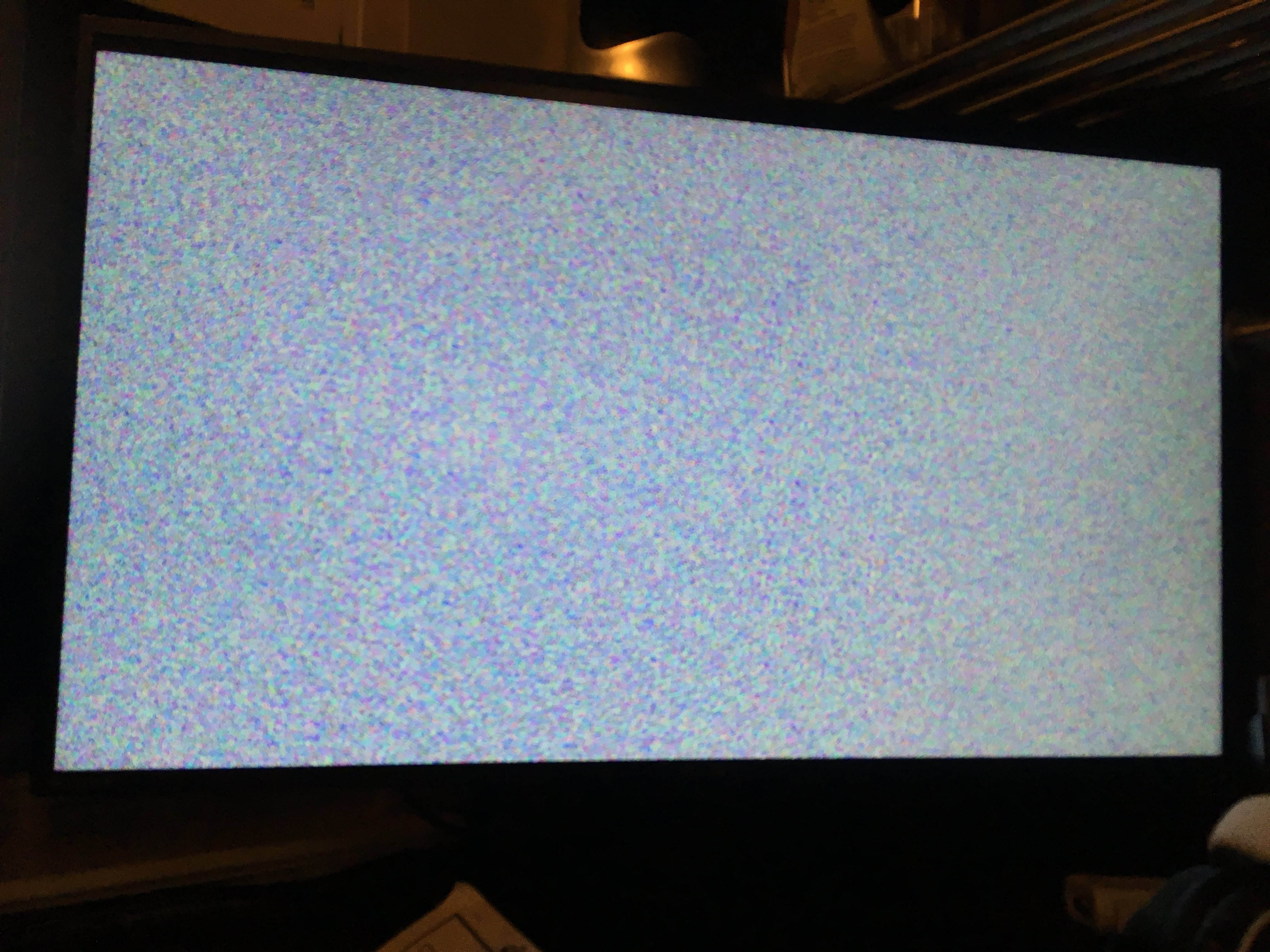A little while back I determined to do something about my desire to fiddle with seismic data on a computer dedicated to that task. And whether you call it a server or a workstation, you’ve ultimately got to come up with the hardware to do the job(s) you need. With a little luck and good timing you can save money to that end by repurposing old hardware. I picked up a Core i5 3570K – the hottest gaming CPU from around six years ago – along with a motherboard and assorted goodies from a friend for a fair price. After getting it home and putting the kids to bed, I set to assembling a server. And for a brief few seconds, all was well… until it suddenly wasn’t.
The plan was always to install a minimalist Linux distribution – in this case, BunsenLabs – and proceed to build out a solution for viewing, processing, and manipulating seismic data. I was glad to see it power on, and entering the BIOS/UEFI to configure settings went without a hitch. But on booting Bunsen from a flash drive, it complained that it couldn’t set a video mode. That was weird – the video card I tossed in was a Radeon 7850, which had working, basic support in Linux for longer than my four year old son’s been alive. Yet the installer protested.
Figuring the live media just didn’t like that card for some reason, I harrumphed, yanked it, and resorted to the built-in Intel HD 4000 graphics. That failed even harder, to the point of dumping me to a boot> prompt after failing to set the video mode. That crossed the line from misbehaving software to outright dickery, so I grabbed a second USB stick running Xubuntu, which I’ve used for the past five years, and the installer fired right up. Installation to an SSD went smoothly, I rebooted… and it didn’t like my wireless card. Installing the vendor-provided, non-open source driver worked, so I popped the Radeon back in… and then the wireless card stopped working. Attempting to re-enable the card manually also failed. And after a reboot, I received this handsome new development.

Yep – 100% authentic, tutti frutti video gibberish. Yanking the RAM only led to a black screen, so the motherboard was failing between memory detection and initializing video. Only something was broken – it would go into a loop where it would show an uninitialized framebuffer full of garbage, go dark, then back and forth on a one second cycle. No amount of overt threats, CMOS battery resets, or befuddled staring made any difference.
The friend who sold me the i5 was able to hand off a newer motherboard + Core i3 in its place, so the server is up and running. Server Mark 1 lives but still needs attention. I’ll probably flatten it and go back to BunsenLabs for its cleaner, more conservative software set, then set out to install a retinue of functional software. Everybody talks about seismic unix as a durable standby, and it’s certainly well known. OpendTect has proven itself to me a few times over already, and for visualizing seismic data it’s a very nice free solution. But I’m most intrigued by Madagascar and its community, and keen to put it to work.
A Core i3’s no great shakes for demanding work, but will be a capable little prototype for what I have planned. But details on that will come later – my family’s going to Disneyworld later this week. I’ve got packing to do…